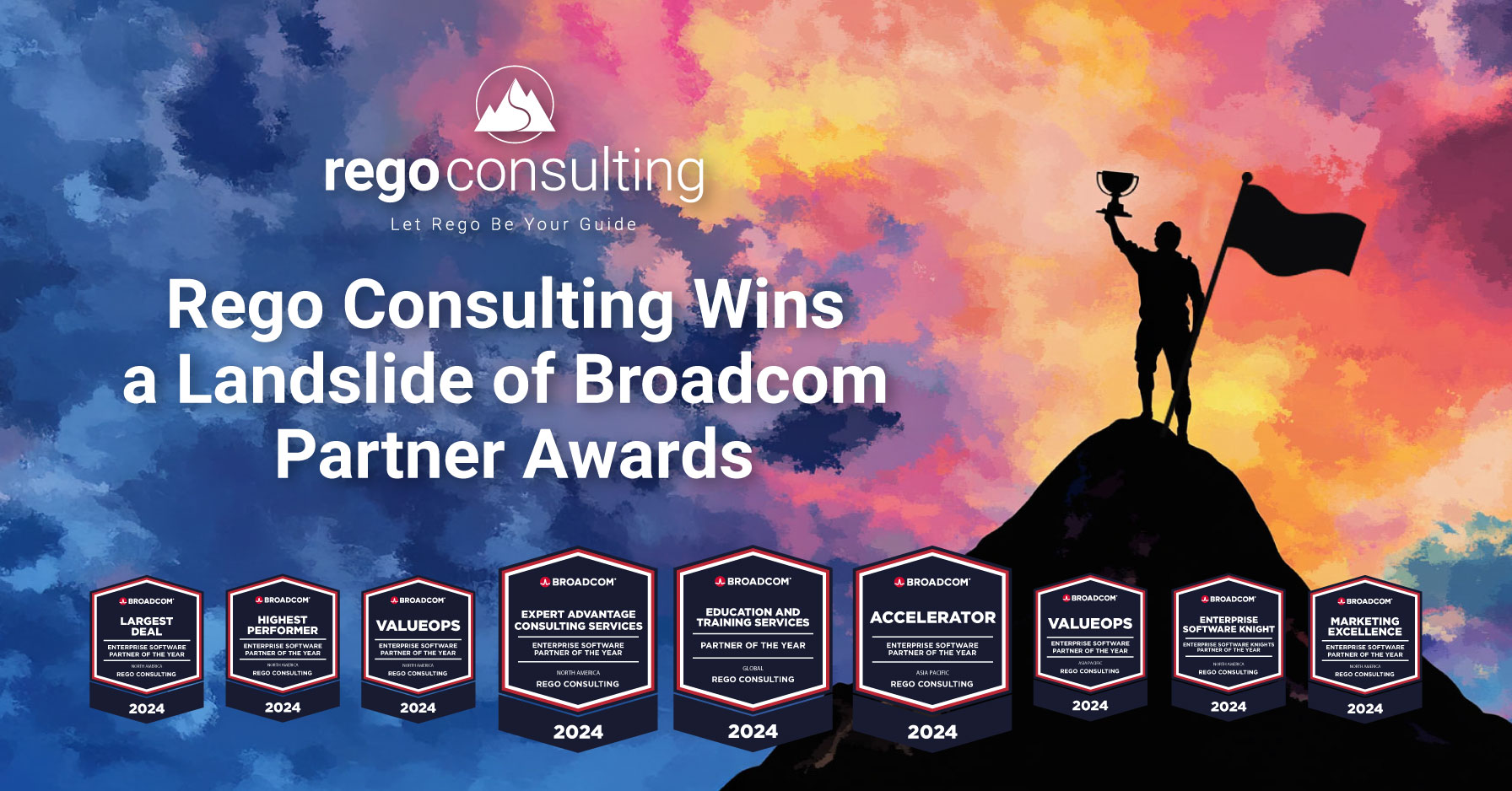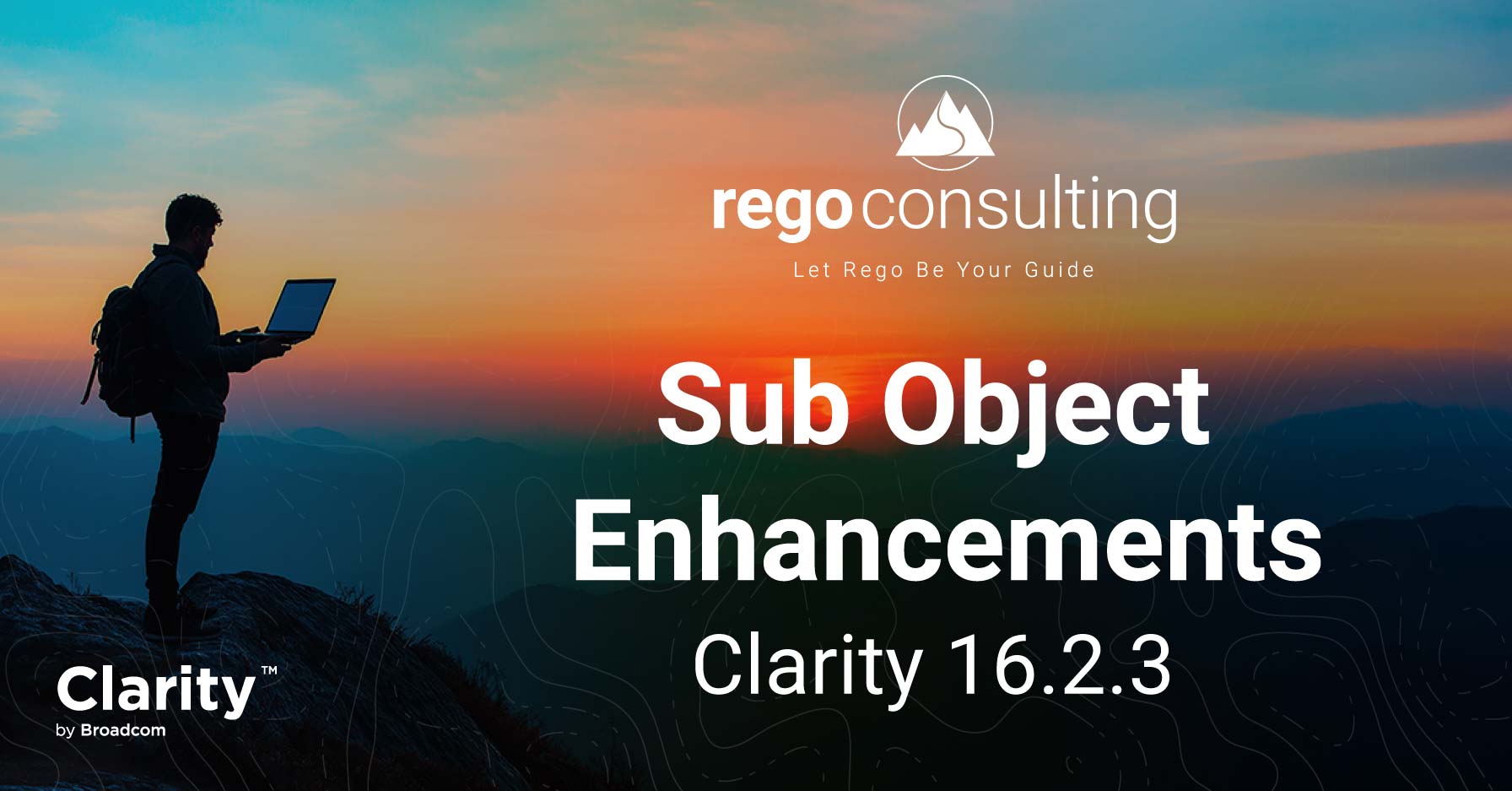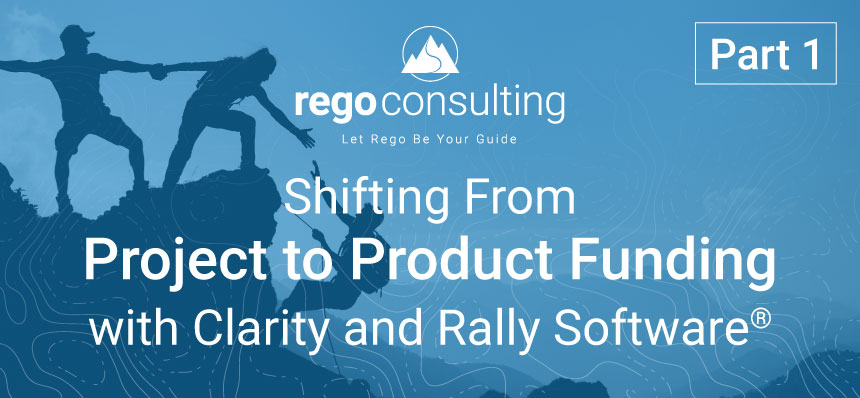
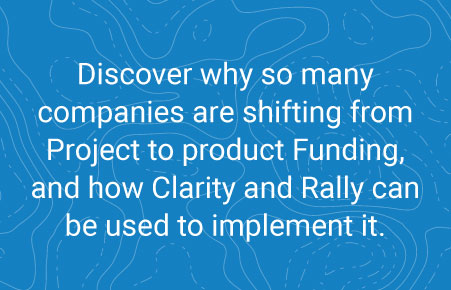 In recent years, organizations have been forced to adapt due to shifting markets, global supply-chain issues, and resourcing demands. Thankfully, many companies have embraced Agile methodologies and have been able to pivot and thrive. One of the most popular Agile approaches has been a shift from Project to Product Funding.
In recent years, organizations have been forced to adapt due to shifting markets, global supply-chain issues, and resourcing demands. Thankfully, many companies have embraced Agile methodologies and have been able to pivot and thrive. One of the most popular Agile approaches has been a shift from Project to Product Funding.
In this article series, you’ll discover some of the key differences between Project and Product Funding, why so many organizations are switching to Product Funding, and how Clarity (Clarity PPM) and Rally Software can be used when implementing a Product Funding model.
What is the difference between Project and Product Funding?
There are many differences between these two models. Project funding follows a more traditional, waterfall style of project management that many of us are familiar with. Annual planning usually last for months in Q3 or Q4 and the projects that are funded by the budget are time boxed and definite for the upcoming year. If something unforeseen happens because of resource capacity, customer needs changing, or supply-chain issues, the organization will not be able to adjust funding without getting signoffs from Finance.
A project funding model also requires resources to be assigned to short-term teams working on projects before disbanding. In addition, people are often assigned to multiple time-boxed projects at once, which causes them to have to switch their focus multiple times a day or week.
Project Funding
- Traditional waterfall model
- Work is based on time-boxed projects with a definitive start and end date
- Annual budget planning often takes months
- Funding for projects cannot be reallocated without a lengthy approval process
- Teams and resources are staffed on time-boxed projects (often multiple at once)
Product Funding
- A more Agile Kanban or Agile scrum model
- Work is based on products/Product Backlogs with no ending date (Projects in both Clarity and Rally Software exist so long as a Product supports customers)
- Annual budget planning takes weeks
- Funding can be reallocated in real-time as markets and needs shift
- Teams stay together and are assigned to a Product or Product Group
On the other hand, Product Funding operates on the premise that teams are assigned to a continuous Product or Product line, which is part of a Product Backlog. Cross-functional teams are kept together and become experts on their product(s), without having to switch their attention between projects on a weekly or hourly basis.
This Agile methodology also opts for a shorter annual planning cycle, that often only lasts a few weeks. Funding for the year is assigned to each Product Backlog and is managed throughout the year by backlog’s Product Owner. The Product Owner oversees the Product Backlog and prioritizes and manages the delivery of value that the Product Backlog produces. Product Owners can shift around approved funding for the year to meet new challenges as they arise without having to go through a long approval process.
What are the Advantages of Product Funding?
Budgeting and Planning That Makes Sense
One of the benefits of Product Funding is that it cuts though ineffective annual budget cycles. Instead of spending months developing a yearly budget that may not be relevant in six months’ time, Product Funding allows for a baseline budget to be set for each Product Backlog.
The allocations can be shifted by Product Owners throughout the year as needed without having to wait on multiple signoffs from Finance and other divisions. This includes calculating the cost of Product Backlog items incrementally throughout the year or making changes to the priority of the Product Backlogs and Products without having to get funding approvals. This allows Product teams to meet changing consumer demands with agility.
Effective Resource Planning
Product Funding is also better for resource planning. With traditional project funding, people are often assigned to multiple projects at once, and the best resources often get stretched thin. For instance, if an employee has 50% of their time allocated to a project that is late, has 15% assigned to another, and then is rolling onto another project that requires 75% of their time, that employee will get burnt out quickly. Do this across an entire organization, and you will see a huge decline in the amount of work completed.
Teams Become Dedicated Experts on their Product
When teams are only kept together short-term on a project basis, the quality of their work also decreases. This is especially true when people are assigned to multiple projects at once. Imagine having to switch between dedicating 20% of your week to one project, then 15% to another, and 25% to still another, and 50% to yet another. We call this “peanut-buttering” people between projects. “Peanut-buttering” requires employees to constantly switch contexts and this results in a loss of work quality.
With Product Funding, cross-functional, dedicated teams of people are kept together, they stay focused, know how to work together, and become experts on their Product(s). They become experts in delivering the value that their Product(s) produce and can create that value faster and at a higher quality.
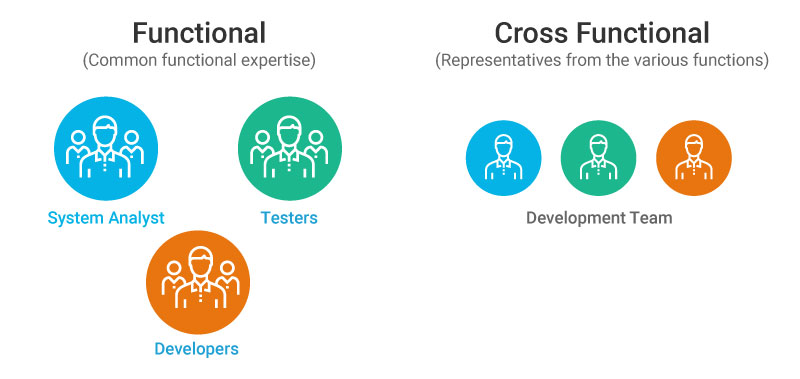
Waste is Reduced
Resources, time, and funding invested in stalled and cancelled projects can never be gotten back. This issue often comes up with project funding, especially for organizations who have too many projects in flight. Product Funding reduces waste as teams focus on continuously delivering the value of their Product(s).
Easier ROI Calculations
Product Funding is also great for forecasting. It is easier to calculate ROI when connecting costs and delivery to Product Backlogs with dedicated, cross-functional teams with a regular daily run rate.
Project to Product Funding
Now that you understand some of the differences between project and Product Funding and why Product Funding is being adopted by so many organizations, you won’t want to miss part two of our series. You’ll learn how Clarity (Clarity PPM) and Rally Software can be used to start implementing a Product Funding model.
If you have questions about switching to Product Funding or your exploring using it in your organization, Rego can help. Our expert Agile guides have helped countless companies start using Product Funding. Schedule a no-pressure call, to connect today. Or to learn more, watch our free on-demand webinar on Product Funding with Clarity and Rally Software.

Rego also offers free configuration and adoption assessments, webinars, and half-day training classes for Clarity and Rally Software® on Roadmaps, Portfolio Management, Power BI, Scaled Agile, Jaspersoft.
For a full list of Clarity PPM services, visit regoconsulting.com.




